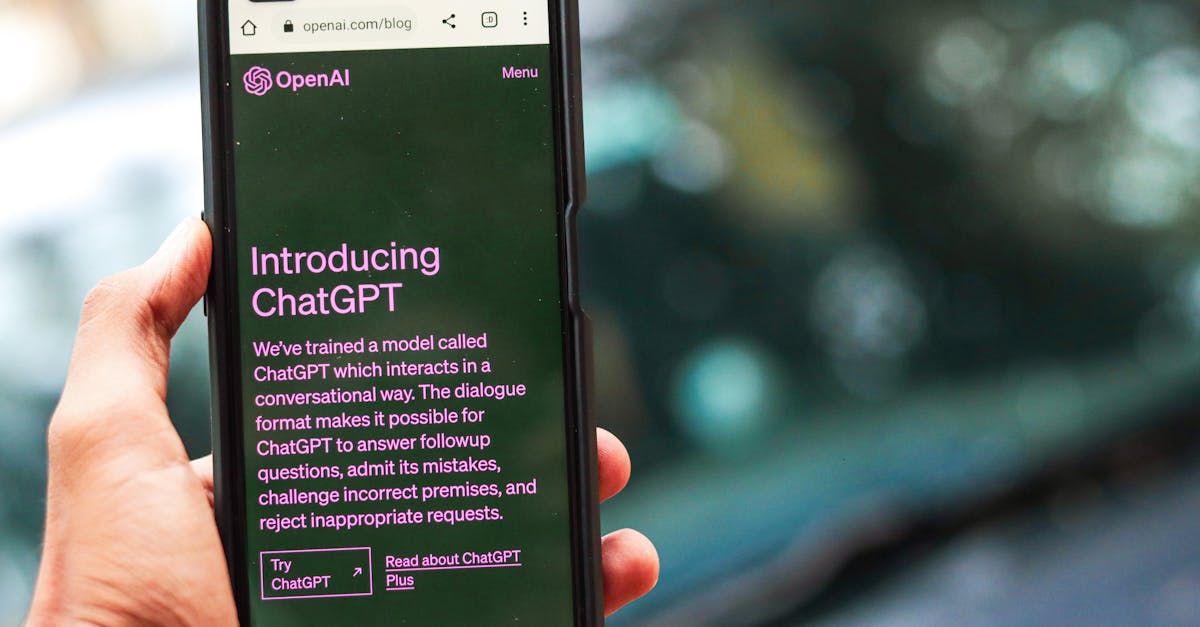
Revolutionizing Multilingual Meetings with AI: Empowering Real-Time Language Translation for Seamless Communication
In today’s globalized world, businesses and organizations frequently hold multilingual meetings where attendees speak different languages. This can lead to communication barriers that hinder productivity and understanding. However, advancements in Artificial Intelligence (AI) have paved the way for real-time language translation technology, revolutionizing how we conduct multilingual meetings.
The Impact of Language Barriers on Communication
Language barriers often result in miscommunications and misunderstandings during meetings. These issues can lead to delays, errors, and lost opportunities for collaboration and innovation. Traditional methods of overcoming these challenges, such as hiring interpreters or using manual translation tools, are expensive, time-consuming, and not always efficient.
The Role of AI in Real-Time Language Translation
AI-powered language translation technology has emerged as a game-changer for multilingual meetings. By leveraging natural language processing (NLP), machine learning algorithms, and deep neural networks, these systems can provide accurate real-time translations across multiple languages simultaneously. This enables participants from diverse linguistic backgrounds to communicate effectively without any barriers.
Benefits of AI-Powered Language Translation in Meetings
- Increased Efficiency: Real-time language translation eliminates the need for manual interpreters, saving time and money.
- Enhanced Productivity: With seamless communication between participants, meetings can be more focused and productive.
- Improved Decision Making: Clear understanding among attendees allows for informed decision-making processes.
Moreover, AI-driven language translation services are becoming increasingly accessible and affordable, making them an attractive option for businesses of all sizes.
Challenges and Limitations in AI Language Translation
While AI has made significant strides in real-time language translation, there are still some challenges to overcome. Accuracy rates can vary depending on the languages involved, with complex or less commonly used languages often presenting more difficulties than widely spoken ones.
1. Contextual Understanding
One of the main challenges in AI language translation is understanding context and nuance. While machines can translate words and phrases accurately, they may struggle with idiomatic expressions, cultural references, or slang that require a deep understanding of language usage.
2. Vocabulary Gaps
Another limitation is the lack of extensive vocabularies for certain languages. As AI systems rely on large amounts of data to learn and improve, they may not perform as well when translating between less common or technical terms.
The Future of AI-Powered Language Translation in Multilingual Meetings
Despite these challenges, the future of real-time language translation powered by AI looks promising. As technology continues to evolve and improve, we can expect even more accurate and effective solutions for overcoming communication barriers in multilingual meetings.
1. Enhanced Contextual Understanding
Researchers are working on developing algorithms that better understand context and nuance within languages, enabling AI-driven translation systems to provide more accurate translations with a deeper understanding of cultural references and idiomatic expressions.
2. Expanded Vocabulary Coverage
Efforts are being made to expand the vocabulary coverage of AI language translation tools by incorporating specialized dictionaries, industry-specific terminology, and technical jargon. This will enable more accurate translations across various domains and fields.
3. Integration with Other Technologies
As AI-powered language translation becomes increasingly integrated with other communication technologies such as video conferencing platforms and virtual event spaces, we can expect even smoother and more efficient multilingual meetings in the future.
Conclusion: Seamless Communication Across Languages
In conclusion, AI-driven real-time language translation has the potential to revolutionize how businesses conduct multilingual meetings. By breaking down communication barriers and enabling seamless interaction between participants from diverse linguistic backgrounds, this technology can significantly enhance productivity, efficiency, and decision-making in today’s globalized world.
Call to Action
Discover how your organization can leverage AI-powered language translation tools to streamline communication across languages and cultures. Experience the benefits of seamless collaboration and decision-making firsthand by exploring advanced AI solutions tailored for multilingual meetings.